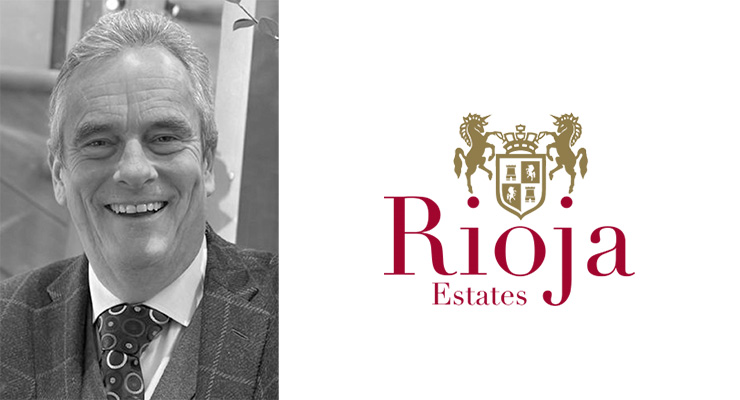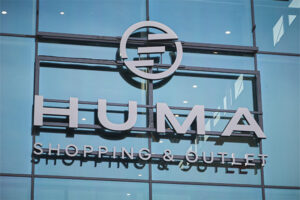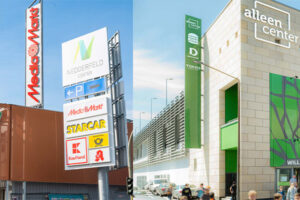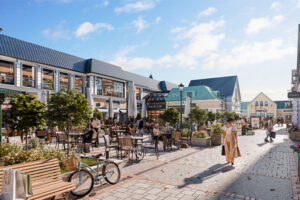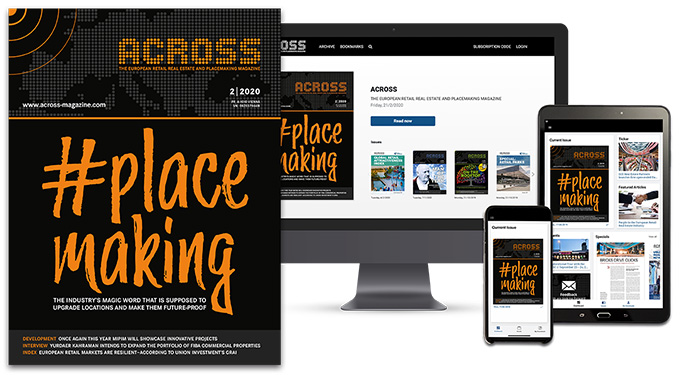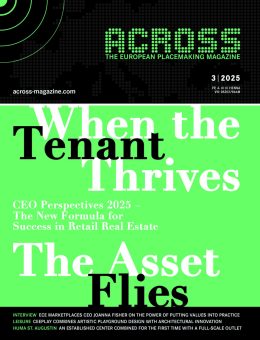The outlet model operates on a straightforward, yet powerful principle: Tenant success directly drives rental income. This structure has been the cornerstone of outlets since the early 1990s and means that while base rents are often low, the bulk of the income comes from a share of tenant sales. Consequently, an outlet’s prosperity is inherently linked to the commercial performance of the brands that operate within it. It therefore stands to reason that when a tenant thrives, the center immediately benefits, and this highlights why landlords and management teams must actively strive to maximize the success of those brands.
Given this shared interest, the landlord-tenant relationship in an outlet is far more collaborative than in traditional retail. We partner closely with each brand to analyze the key drivers of their performance – and there are many factors involved here.
GETTING UNIT SIZE RIGHT
Let’s start with unit size. A unit that’s too big for a particular brand might lead to inefficient operations and higher costs. One that’s too small might result in the store not being able to hold enough stock or offer a full product range. At Rioja Estates, our team draws on its many years of experience working in outlets to make sure the unit size is optimal for the brand, because running out of stock means missed sales and frustrated customers.
Location within the overall development is another important consideration. Visibility, proximity to anchor brands, and the path that consumers take through the outlet will all impact a store’s sales, so we regularly assess whether tenants are optimally positioned for success based on these metrics.
Moving on to the store layout and merchandising: We pay particular attention to the quality of the shop fit, how products are presented, ease of navigation, and whether the store truly reflects the brand’s identity.
“Tenant success is the engine of outlet performance – only when the brand thrives does the center prosper.”
One of the outlet model’s key advantages is its unparalleled operational transparency. Each week, detailed sales data from every brand enables us to track store-level turnover, not just overall outlet figures, as well as footfall to individual stores and to benchmark that data against total visitor numbers. Along with metrics such as conversion rates and peak trading times, broken down day-by-day and even hour-by-hour, this robust data provides early warnings of any dips in performance, helps to pinpoint successful trading patterns, and informs discussions with tenants about staffing, marketing, and stock management. It’s also invaluable when it comes to spotting center-wide trends and shaping long-term leasing and operational strategies.
MARKETING SYNERGIES BETWEEN LANDLORD AND BRAND
Cooperation between the landlord/operator and the brands should also extend to marketing activity as this will ensure that the budget is not only spent effectively, but also correctly targeted. The use of digital marketing campaigns, paid search, social media advertising, and geotargeting will help to draw shoppers from relevant areas, while purpose-built apps are a great way of keeping guests informed of any offers, events, or new store openings. These activities can also be used to support any VIP clubs, loyalty programs, and/or data collection efforts – all of which have an important role to play when it comes to customer retention.
In addition – and where it makes sense to do so – we encourage brands to use their outlet stores as fulfilment or “click-and-collect” hubs that are linked to their online sales platform as that seamlessly integrates their physical presence into their broader e-commerce strategies.

Giles Membrey
Managing Director at Rioja Estates
For a tenant to have the best chance to thrive, the outlet must offer more than just shopping, so close attention needs to be paid to the broader experience on offer. A strong food and beverage selection, for example, will not only encourage consumers to stay for longer, but will also provide an added reason for them to return. Clean, accessible, and well-maintained toilets, well-staffed information points, and a visible management presence all significantly contribute to customer satisfaction. For those outlets looking to attract international consumers, multilingual signage, tourist information, and services such as currency exchange or tax-free shopping all add to the overall customer experience.
DESIGN THAT SHAPES BEHAVIOR AND LOYALTY
The physical design of an outlet plays a huge role in its performance, because it directly shapes guest behavior and overall satisfaction – it’s not just about looking good. So, working alongside our architectural partners, we place a sharp focus on both functionality and the overall guest experience – which starts from the moment they arrive. Ample, clearly marked parking, along with easy entry from adjacent main roads are non-negotiable, because congested access, or poorly managed parking, will not only create a bad first impression, but will likely deter repeat visits. To encourage guests to fully explore everything, outlet signage and wayfinding must be clear and consistent, helping them to navigate the site easily while reinforcing the outlet’s brand identity. While exploring, the presence of outdoor seating, thoughtful planting, and effective lighting will all help to create an atmosphere that encourages longer stays.
“From optimal unit sizing and data transparency to food & beverage and guest comfort: every detail determines whether customers stay and return.”
Getting the brand mix right is essential for keeping customers engaged and ensuring strong overall performance. Premium brands are crucial for drawing core traffic and solidifying the outlet’s market position, while a diverse range of categories will ensure broad appeal to different demographics. However, it is also worth creating a point of difference by including specialist or niche brands that add a unique character and help differentiate the outlet from others, along with pop-up units and short-term activations that inject fresh energy, allow the operator to test new concepts, and offer a lower-risk entry point for emerging brands.
Credit for all images: Rioja Estates

